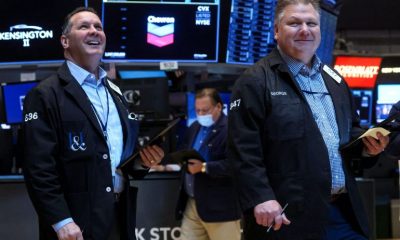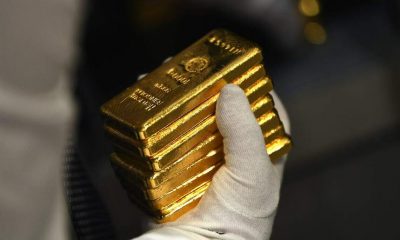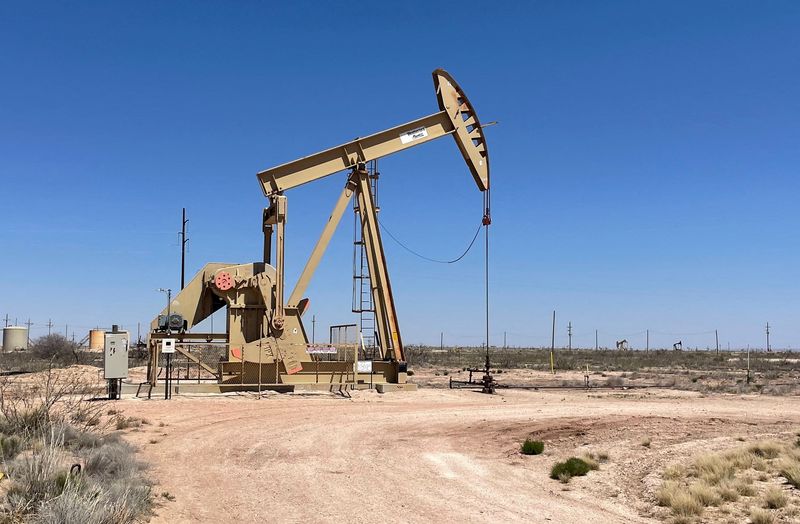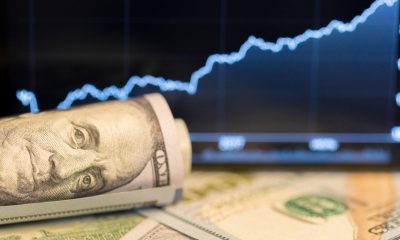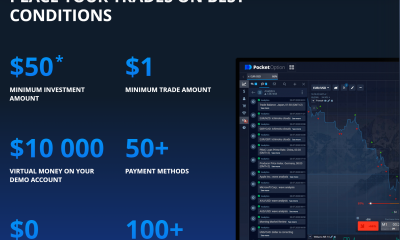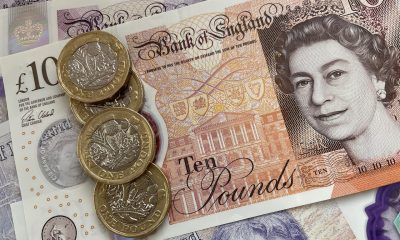Commodities
Citi, Commerzbank stay bullish on gold medium-to-longer term
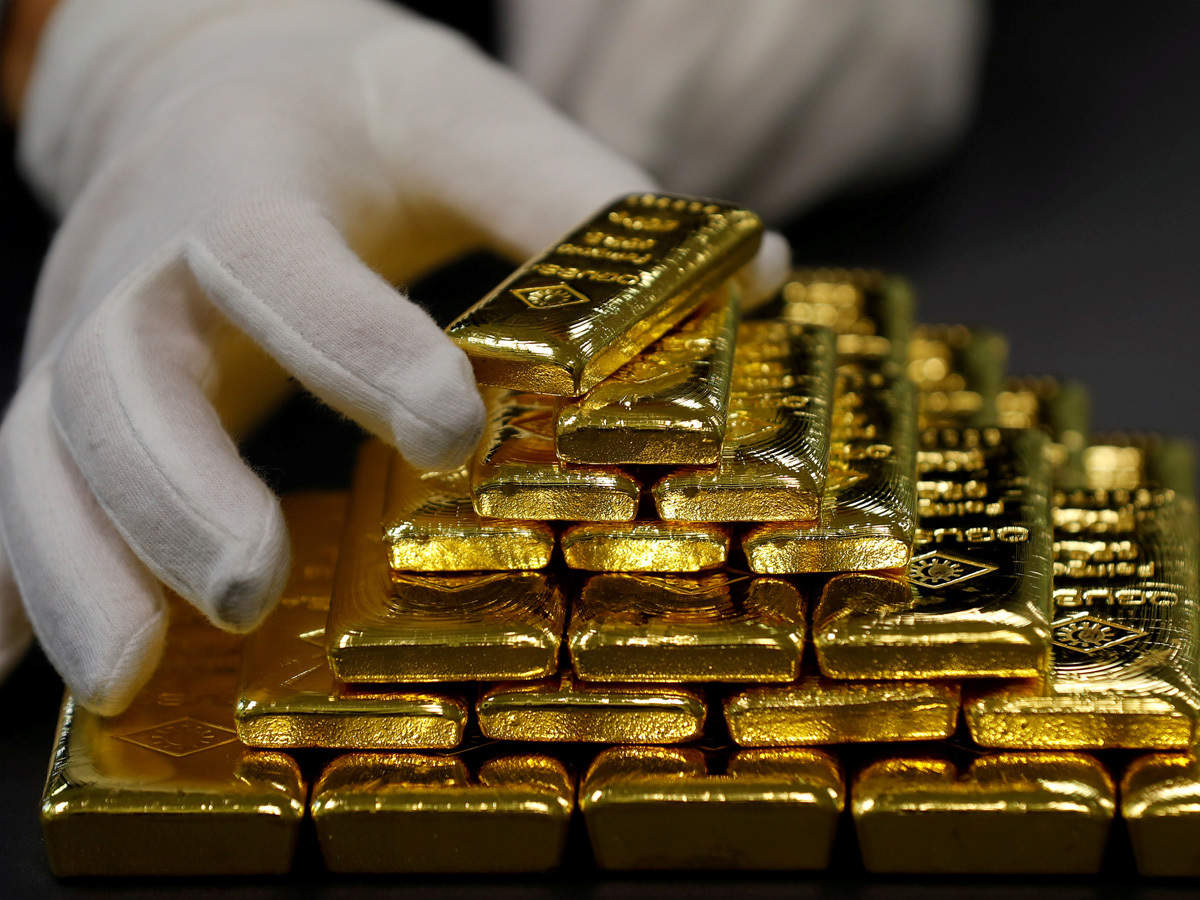
The Federal Reserve’s potential rate hike pause next week could just be one reason to stay bullish on gold despite choppiness in the yellow metal now, analysts at Citigroup and Commerzbank said Thursday.
Gold is expected to average $1,965 an ounce in the near term, analysts at Citigroup said as they turned neutral on the yellow metal from its previous target of $1,915-$2,100. Even so, “fresh bullish legs” could emerge in the medium term, they said.
Commerzbank said its assumption was that the Fed will not want to raise rates further after its pause, to avoid over-tightening of credit conditions. “If our experts are right, the gold price should rise in the coming months,” said Commerzbank, which maintains forecasts of $2,000 and $2,050 for the third and fourth quarters, respectively.
The front-month gold contract on New York’s Comex settled at $1,978.60 an ounce on Thursday, up $20.20, or 1%, on the day. For the week, it was up 0.5%, the same as the previous week.
The spot price of gold, which reflects physical trades in bullion and is more closely followed than futures by some traders, was at $1,965.76 by 16:30 ET (20:30 GMT), up $25.75, or 1.3% on the day. For the week, spot gold was up nearly 1%, adding to the previous week’s near flat close.
Bets for a Fed rate pause have grown despite higher weekly unemployment claims among Americans.
According to Investing.com’s Fed Rate Monitor Tool, there was a 73.7% chance that the central bank will stand down from a rate hike when its policy-makers sit on June 14.
To fight inflation, the Fed has raised interest rates by 500 basis points, or 5%, over the past 16 months, bringing them to a peak of 525 basis points, or 5.25%.
Ed Moya, analyst at online trading platform ONDA, said gold’s choppiness in recent weeks was due to a lack of conviction over the economy that hadn’t helped tip the market’s balance either way.
Gold traders now had their eyes on the next inflation reading due Tuesday from the U.S. Consumer Price Index report for May, Moya said.
The CPI hit 40-year highs in June 2022, expanding at an annual rate of 9.1%. Since then, it has slowed, growing at just 4.9% per annum in April, for its slowest expansion since October 2021. The Fed’s favorite price indicator, the Personal Consumption Expenditures, or PCE, Index, meanwhile, grew by 4.4% in April. Both the CPI and PCE are, however, still expanding at more than twice the Fed’s 2% per annum target for inflation.
Technically, gold could be poised for highs of $1,990 and beyond even if it heads back towards mid-$1,900 levels, said Sunil Kumar Dixit, chief strategist at SKCharting.com.
Commodities
Oil prices rise; U.S. crude inventories plunge, Russia-Ukraine truce eyed
Commodities
India’s Reliance to stop buying Venezuelan oil over US tariffs, sources say
Commodities
Oil prices climb on Venezuela supply worries

 Forex3 years ago
Forex3 years agoForex Today: the dollar is gaining strength amid gloomy sentiment at the start of the Fed’s week

 Forex3 years ago
Forex3 years agoUnbiased review of Pocket Option broker

 Forex3 years ago
Forex3 years agoDollar to pound sterling exchange rate today: Pound plummeted to its lowest since 1985

 Forex3 years ago
Forex3 years agoHow is the Australian dollar doing today?

 Cryptocurrency3 years ago
Cryptocurrency3 years agoWhat happened in the crypto market – current events today

 World3 years ago
World3 years agoWhy are modern video games an art form?

 Commodities3 years ago
Commodities3 years agoCopper continues to fall in price on expectations of lower demand in China

 Economy3 years ago
Economy3 years agoCrude oil tankers double in price due to EU anti-Russian sanctions





